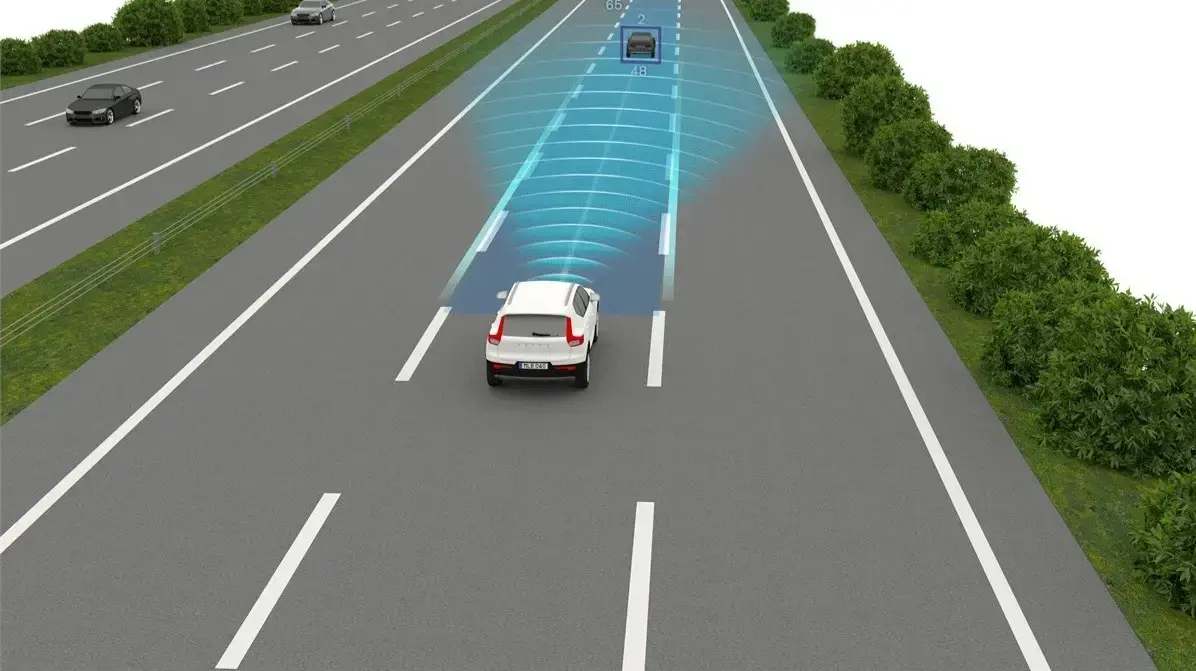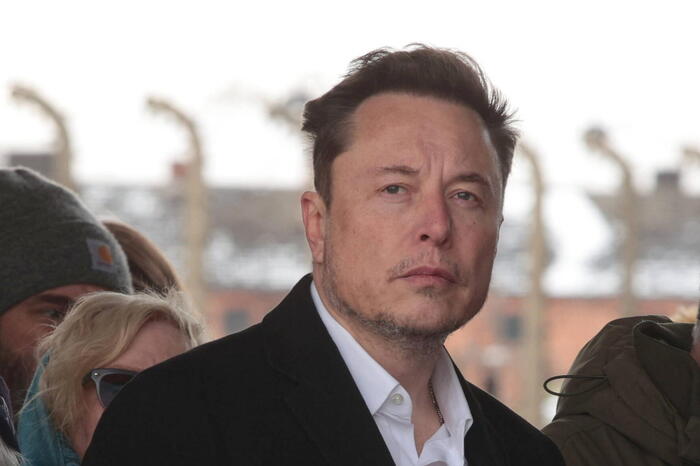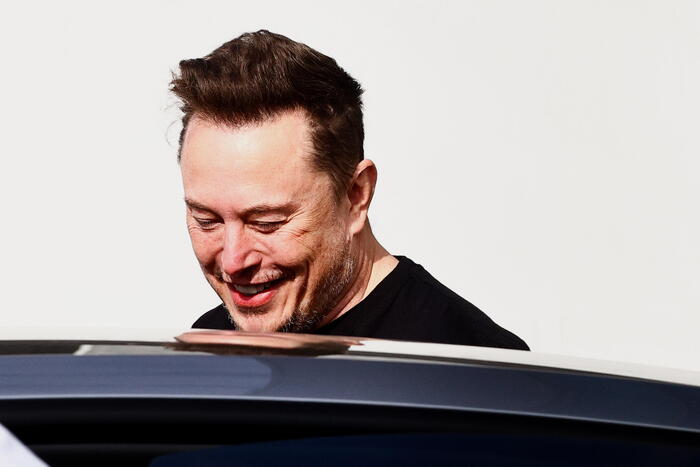Enlarge image
Touchscreen in "Model 3" from Tesla (2019)
Photo: Sjoerd van der Wal / Getty Images
Again and again trouble with the "autopilot": Tesla's driver assistance system has been criticized several times after accidents.
Now the electric car manufacturer from California is threatened with hardship again.
According to the New York Times, the US National Highway Traffic Safety Administration (NHTSA) is investigating 23 accidents in which the system was either switched on or could have been active.
Among other things, it concerns an accident in which a Model Y ran into a stationary patrol car on a highway near the city of Lansing in the state of Michigan.
In February, a Tesla drove under the trailer of a truck that was crossing the street in the US city of Detroit.
The roof tore off and the occupants of the car were injured.
The collision resembled an accident in which a Tesla driver was killed in an accident in the US state of Florida in 2016.
Tesla initially left a request from SPIEGEL about the report unanswered.
The manufacturer also failed to respond to the New York Times.
Drivers rely too much on assistance systems
Tesla's “Autopilot” is considered to be progressive; in the fall of last year, it achieved second place behind Cadillac's “Supercruise” system in a test by the US consumer magazine “Consumer Reports”.
However, such sophisticated driver assistants have a problem: they take on simple tasks reliably, but cannot drive a car completely independently - even if it feels that way to the driver.
Many users rely too much on the systems.
Bryant Walker Smith, who studies autonomous driving at the University of South Carolina, criticized Tesla's "Autopilot" system in the "New York Times" - more precisely, its name and marketing, which suggested to the driver that one could get the attention of turn away from the road.
There is an incredible difference between what the company makes people believe and what their system can actually do, said Walker Smith.
Last summer, a German court therefore banned the manufacturer from using the term “autopilot” to advertise.
Others control better whether drivers are involved
In fact, Tesla's systems are reaching their limits.
For example, investigations into the fatal accident in Florida in 2016 revealed that the "autopilot" did not recognize a bright truck trailer against a bright sky.
In addition, the driver could use the system even though he was not driving on a highway.
The car was 119 km / h fast, although the driver ignored several prompts from the system to put their hands on the wheel.
Tesla did not have to call back any vehicles because of the incident.
Otherwise, the US authorities have often been generous with the manufacturer.
Depending on what the current investigations reveal, at least Tesla's image could be damaged.
It is also conceivable that the authority under President Joe Biden reacts harder to possible misconduct than under Donald Trump.
The lax monitoring of the driver was the decisive factor in the "Consumer Reports" test for second place, although the "Autopilot" kept the lane best and showed the best overall capabilities.
GM's "Supercruise" system won thanks primarily to an infrared camera that checks whether the driver's eyes are on the road.
If this is not the case, the system switches off, if necessary it brakes to a standstill.
ene








